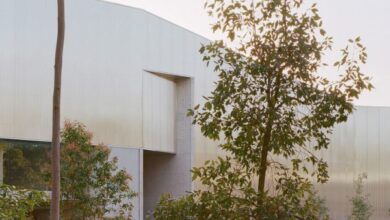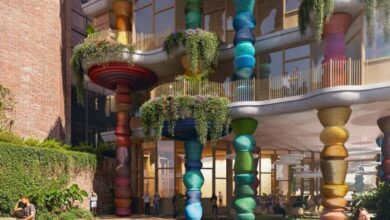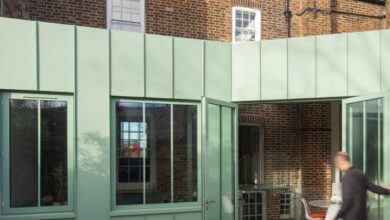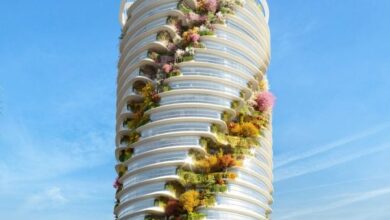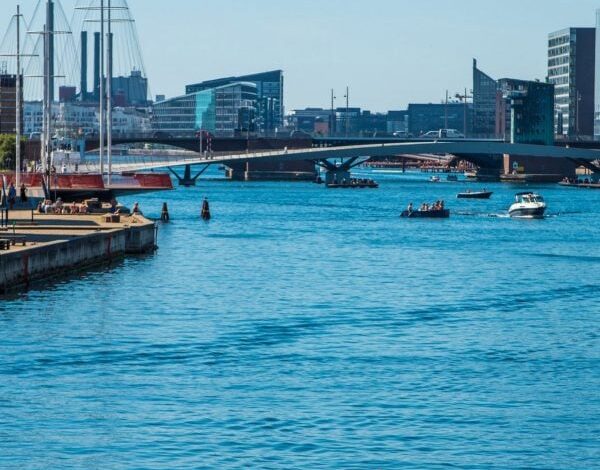
Copenhagen’s industrial harbour is being developed into a recreational hub
[ad_1]
Promotion: the City of Copenhagen is transforming the Danish capital’s harbour into a vibrant public space with recreational activities and residential developments.
In recent years, bathing areas and leisure buildings have been implemented in Copenhagen‘s harbour and plans for further development aim to make the industrial area more welcoming.
The plans for the harbour include creating more activities for visitors to engage with, improved access to the waterfront and more public space by the water.
The development will also provide space for events, introduce nature to the site and make the area cleaner and friendlier.
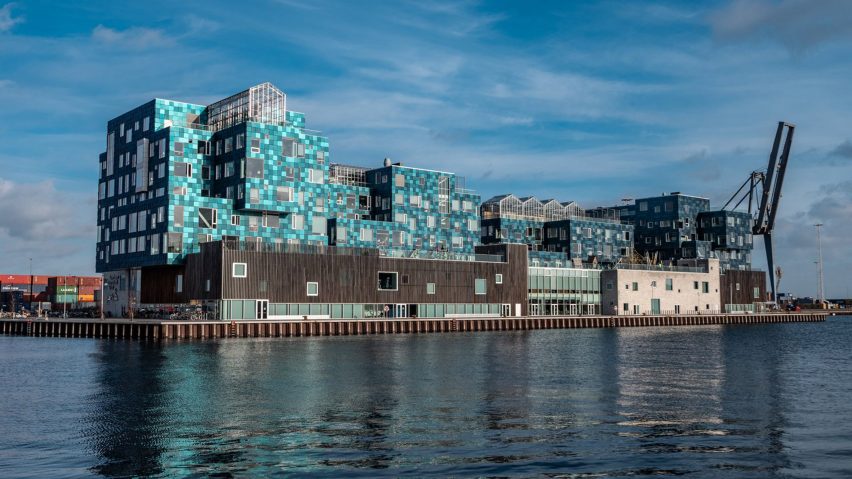
Over the recent years, many of the buildings around Copenhagen’s port have been abandoned, which has provided an opportunity for new initiatives to develop an increasingly recreational harbour.
As part of the harbour’s transformation, a portable dipping zone was added by Sharing Copenhagen with the aim of creating a safe space where people can submerge in the harbour’s water.
The dipping zone can move to different points along the harbour to test bathing zones and correlate with events going on in the area.
Another recent development is a floating community centre developed in the area of Nordhavn.
Designed by local architecture practice Spektrum Arkitektur, the building is used as a shared common area for sports association Nordhavn IF and is made up of a meeting room, bathing facilities, sauna and changing rooms.
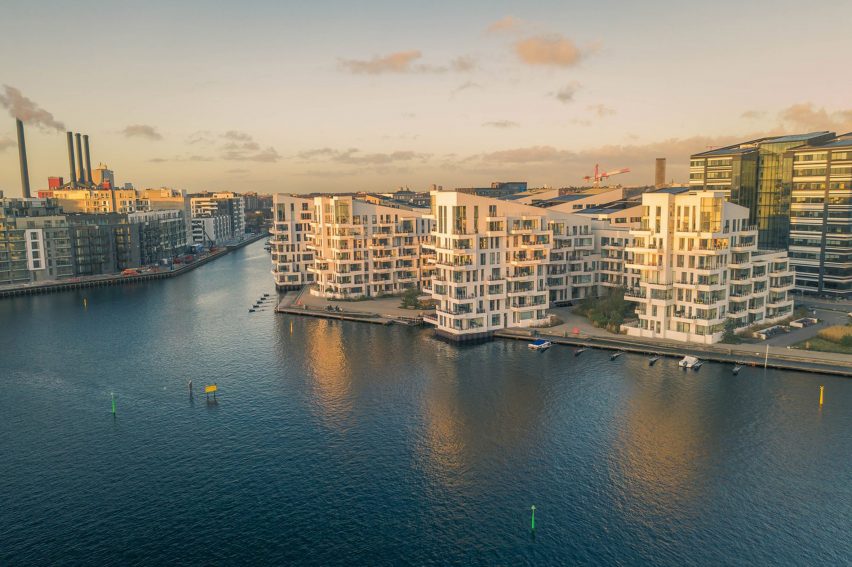
In 2016, Danish architecture studio BIG completed student housing named Urban Rigger, which is made up of nine repurposed shipping containers floating on the harbour near former industrial site Refshaleøen.
The project was designed as a solution to Copenhagen’s increasing student population and created a unique place to live and study with waterside views.
Another residential project on the harbour is The Silo – an adapted grain silo in Nordhavn that contains apartments and a fine-dining restaurant. It was completed in 2017 by Danish architecture practice Cobe.
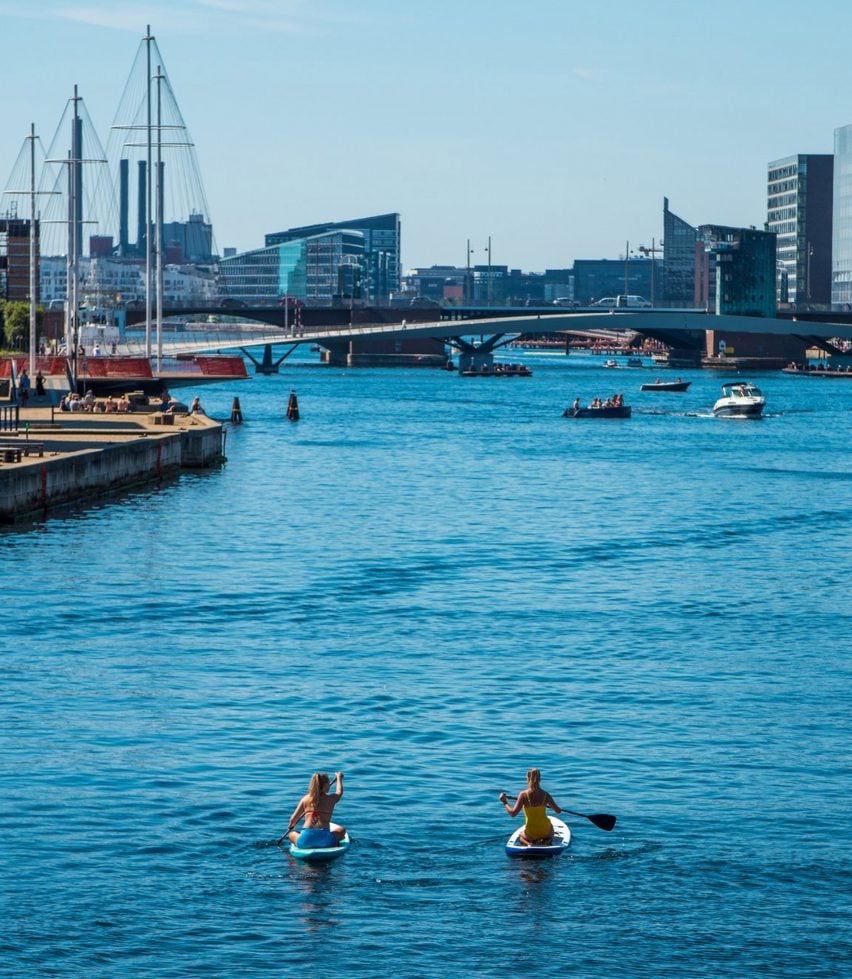
The Silo has a faceted facade made from galvanised steel and inside the building, the exposed concrete walls were retained to celebrate the building’s industrial history.
Next year, the harbour and its many urban projects will play a central role when the UIA World Congress of Architects takes place from 2 to 6 July.
“When we invite 10,000 international guests to Copenhagen for the World Congress next summer, it is also to showcase the urban development and our unique harbour sites. We hope that our guests will stay longer and enjoy the green and blue areas around the city,” said CEO of the UIA World Congress of Architects CPH 2023, Mette Lindberg.
As the harbour continues to be developed, a number of initiatives have also been implemented to improve Copenhagen’s sustainability and reduce the need for fossil fuels.
Harbour buses that run entirely on electricity facilitate public transport along the water and cycling has become a preferred transportation method over cars for many city locals thanks to networks of safe bicycle paths.
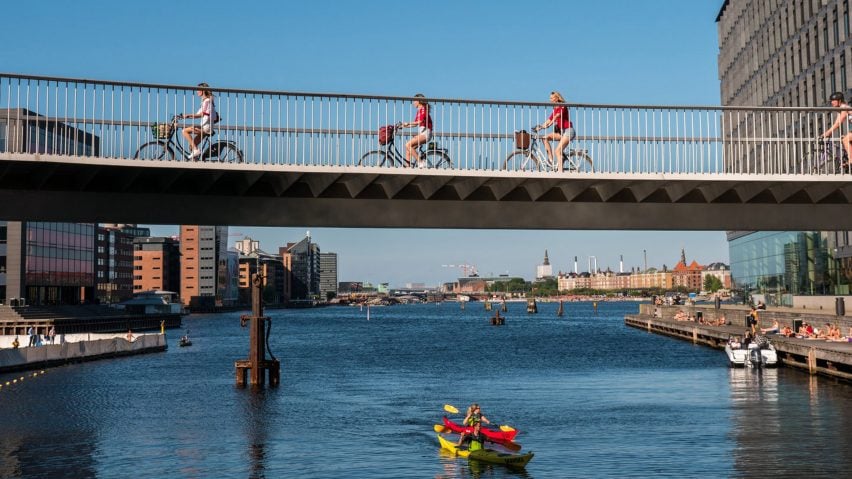
A 13-kilometre pedestrian and cycle path named The Harbour Circle provides a scenic route around Copenhagen’s harbour and contributes to the city’s “bicycle architecture” strategy to make cycling fun and accessible.
It is estimated that bikes in the city outnumber cars by more than five to one and 546 kilometres of bike paths will be completed in Copenhagen by the end of 2022, including 65 kilometres of green paths and 60 kilometres of bike superhighways.
In 2019, the Lille Langebro bicycle bridge designed by WilkinsonEyre opened, providing an alternative crossing to the busy Langebro vehicle bridge and connecting the historic harbourside in Christianshavn to the city centre.
Other developments on the harbour include the Circle Bridge by Olafur Eliasson, which features five masts that references the area’s maritime history, and a curvaceous bike bridge named The Bicycle Snake that was designed by Dissing+Weitling to create an elevated route for cyclists.
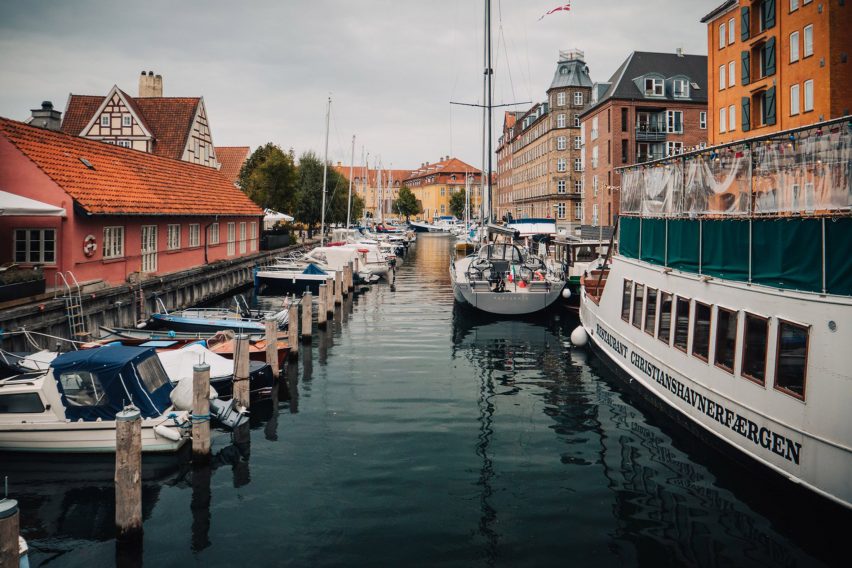
Currently, Copenhagen Harbour also has 10 designated swimming areas that are open for public swimming at least 350 days a year, including three harbour baths and two urban beaches.
The Danish capital is the only capital city in Europe that has an industrial harbour that people can both swim and fish in without health risks, thanks to a modernised sewer system that has kept the harbour water clean since 2002.
Partnership content
This article was written by Dezeen for VisitCopenhagen as part of a partnership. Find out more about Dezeen partnership content here.
[ad_2]


